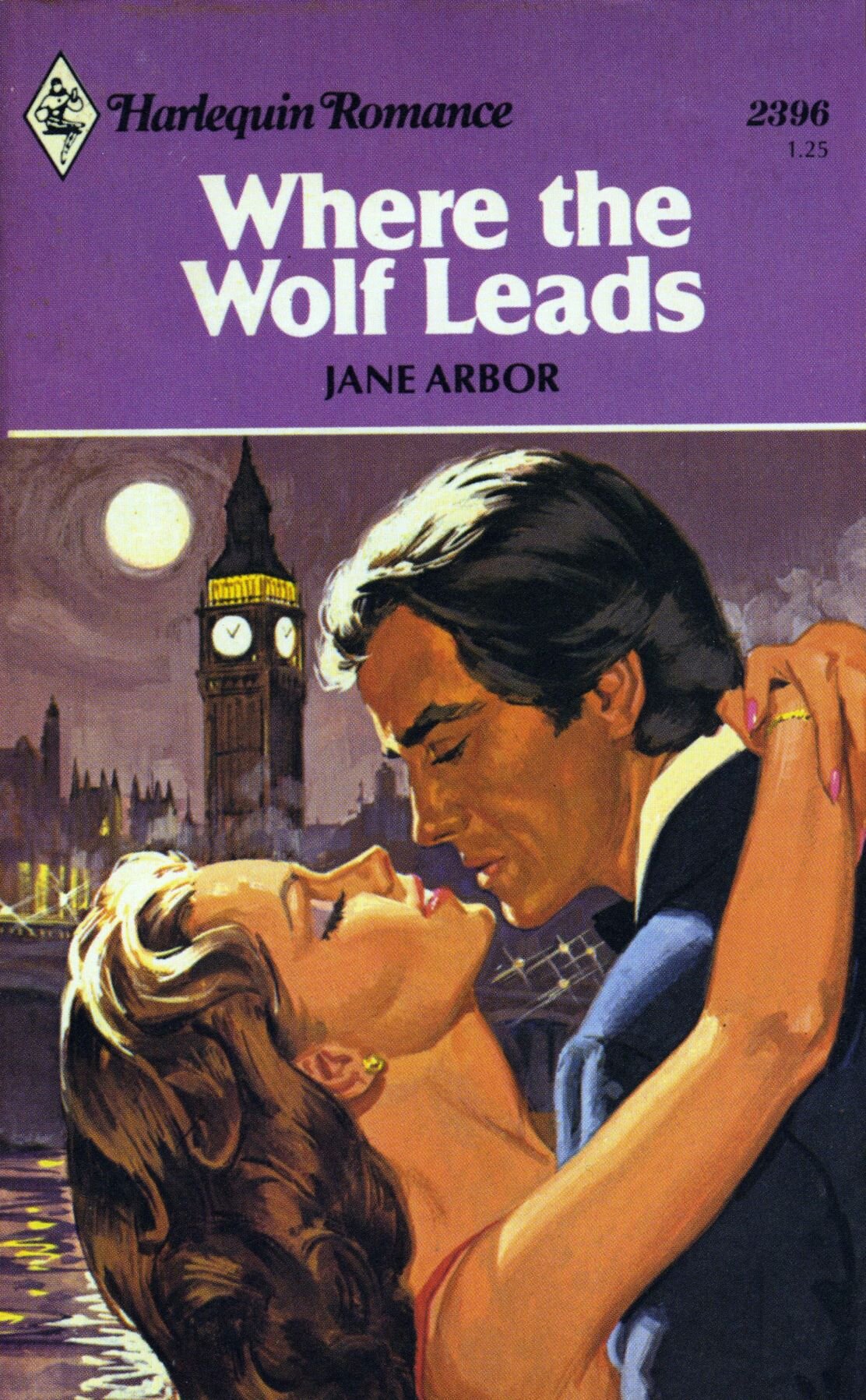Join us for a brief music lesson on Rimsky-Korsakov’s 1900 composition The Flight of the Bumblebee and find out what all the buzz was about
The fast and frenetic Flight of the Bumblebee is probably one of the most loved and recognised pieces of music in the classical canon. Obviously, it’s intended to imitate the noise and flight pattern of a bee. But here are a few more facts about it so that if it’s ever played in your presence you can nonchalantly comment on it and look very clever indeed.
Why was it written?
It’s actually just a very small part of an opera called The Tale of Tsar Saltan. Flight is an interlude between scenes one and two of Act Three.
What’s it all about, then?
At this point in the opera, Gvidon has been separated from his father, but an enchanted swan, whose life he once saved, turns him into a bumblebee so he can fly to find him.
Which instruments can I hear?
It’s been played by many different ensembles, but chances are you can hear a lot of strings (mainly violins) and a flute and piccolo. Originally it was written for a symphonic orchestra.
What should I be listening for?
Note the unusually fast tempo, which never slows, and actually becomes more frenetic as the piece moves towards its end. It’s made up of running chromatic semiquavers (sixteenths of a note), which give the buzzing, humming effect.
Have I heard this somewhere else?
Definitely. Artists of all kinds have sampled and referenced it over the years. It’s appeared in the computer game Tetris, in a Bob Dylan track, and it even appeared in the pilot episode of The Muppets.
Do say… “Rimsky-Korsakov’s composition really is a stunning piece of violin virtuosity. Doesn’t it just lift the soul?”
Don’t say… “Oh. LOVE a bit of Rip Your Corsets Off. Pass the fiddle, I can play a passable version myself, I reckon.”
The beautiful bumblebee picture above was used on our subscriptions page this month, which you can find out more about by clicking the subscription link below. .
Buy this month's The Simple Things - buy, download or subscribe






